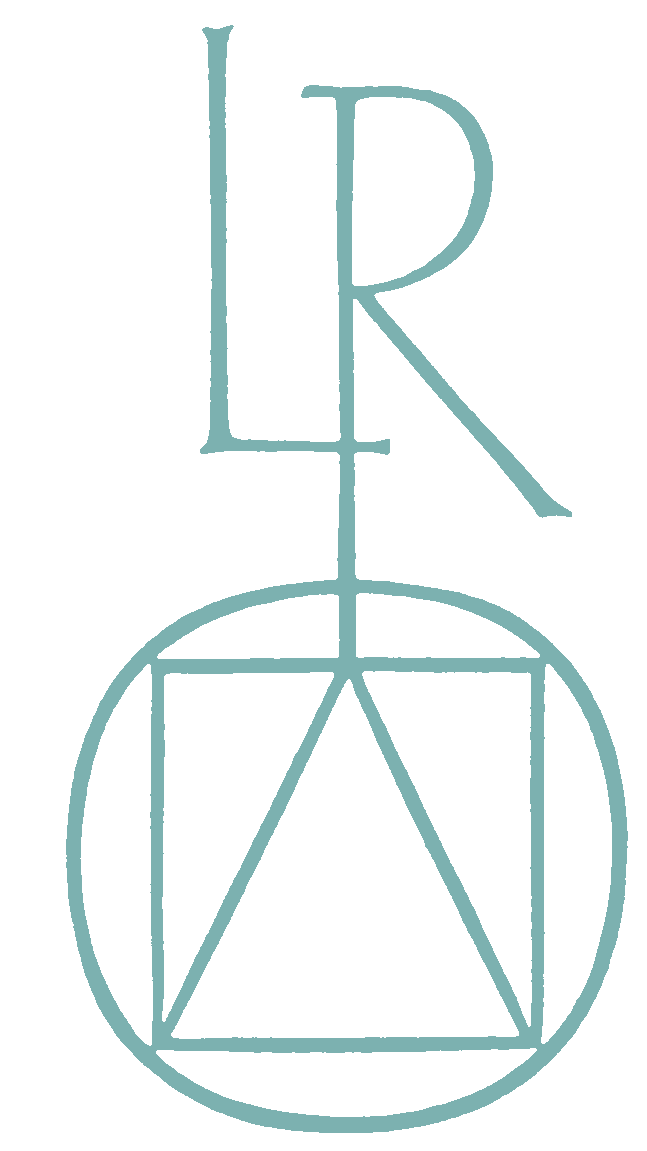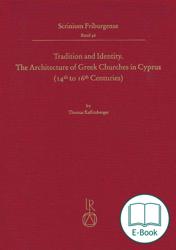This first study of the late medieval Greek churches in Cyprus investigates over 300 buildings. It addresses the historical and artistic context of these churches, the first part containing more traditional methodological approaches such as the analysis of stylistic developments – the exchange between Western, Gothic and Eastern, Levantine architectural idioms and their formal impact on local Byzantine traditions. The second part discusses individual and collective identities and their negotiation through architectural works within the multicultural Cypriot society. The study contributes to the apprehension of dynamics of cultural exchange in late medieval eastern Mediterranean.
Art history has often attempted to understand past cultures through an investigation of the most elaborate parts of their artistic legacy. However, in times of an increased interest in anthropological, socio-historical questions, the apprehension of the material legacy of past cultures in general becomes necessary. This fosters the exploration of previously unstudied corpuses of objects, buildings, which can provide us with most valuable insights into the functioning of past societies.
One of those corpuses, never comprehensively studied, are the over 300 Greek churches built or profoundly altered on the island of Cyprus under Latin/ Venetian rule between the early 14th century and the Ottoman conquest of 1571, so in a climate of multifaceted cultural encounters and exchanges. This material legacy was now for a first time systematically recorded and documented. The core of the present study is thus formed by the catalogue volume, presenting an in-depth analysis of construction phases and stylistic characteristics for 261 preserved churches, as well as commentaries on 54 further buildings only known through descriptions or pictorial sources. The text volume addresses the historical and artistic context by applying various methodologies to the studied material. After an introduction, disburdening the churches from previous biased or misleading scholarly verdicts, the foundations are set with a look at the development of local church architecture before the Latin conquest and a detailed chapter on typologies of plans, decorative elements or transformation processes. The next chapters focus on the analysis of stylistic developments – most importantly, the exchange between Western, Gothic and Eastern, Levantine architectural idioms and their formal impact on local Byzantine traditions. A recurring topic in the island’s architecture is the inclination to aesthetic regresses to periods long past, leading to the first of two keywords indicated already in the title: tradition. It is asked in which way a sense of tradition constructed, perpetuated, and multiplied through the design of churches. Ultimately this leads to the discussion of individual and collective identities and the way those were negotiated with the help of architectural works within the multicultural and multiconfessional Cypriot society. Thus, the study constitutes an important contribution to the apprehension of dynamics of cultural exchange in late medieval eastern Mediterranean.
Thomas Kaffenberger, born in 1985, studied Art History, Christian Archaeology and Byzantine Art History as well as Comparative Literature at the Johannes Gutenberg-University of Mainz. He turned towards the church architecture of Cyprus in his MA thesis in 2010, a topic further expanded in his PhD written at the King’s College London and the JGU Mainz between 2011 and 2016. During this period, he held various stipends and fellowships (e.g. PhD stipend of the Konrad Adenauer-Stiftung, PreDoc residency at Dumbarton Oaks, various travel and conference grants). After several teaching appointments at the universities of Mainz and Heidelberg, he is, since 2016, doctoral assistant to the chair of medieval art history at the Université de Fribourg, Switzerland.
His research and publications focus on the medieval art and architecture of the Eastern Mediterranean and the Caucasus (in particular ideas of tradition, identities, interaction as mirrored in the respective material legacies), aspects of interplay between space, image and beholder in the medieval art, as well as traditionalist-modern architecture and design in the early 20th century.
Die Buchreihe „Scrinium Friburgense“ umfasst Editionen, Monographien und Kolloquiumsbände aus allen Bereichen der Mediävistik, von der Kodikologie, Paläographie und Epigraphik über die mittelalterliche Geschichte, Philosophie- und Kunstgeschichte und die lateinische, deutsche, englische, französische, italienische und spanische Literatur des Mittelalters bis zur Byzantinistik. Besonders willkommen sind Arbeiten interdisziplinären Zuschnitts.


 Preface
Preface